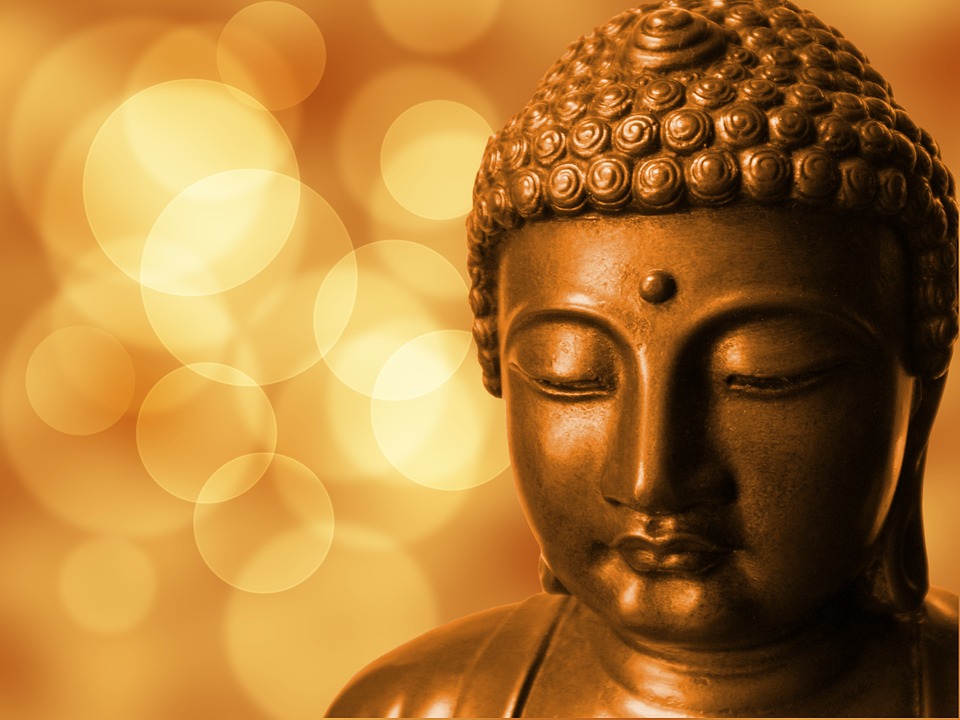 Understanding Buddhist Meditation
Understanding Buddhist Meditation
Buddhist meditation is the general term that is applied to all the known methods of meditation that is based on Buddhist traditions. Today, there are numerous varieties of meditative practices rooted in Buddhism and all of them are becoming famous for their benefits. It is important to study the origins of this type of meditation to be able to practice it to the fullest. This religion has spread across the world from the Indian subcontinent. Today, Buddhism is one of the major religions in China, Japan, and other neighboring countries in Asia.
Variations in meditative practices
The type of meditation that is taught differs depending on the Buddhist school, although there are certain practices implemented across disciplines. Although there are teachers who make the effort to synthesize elements from different Buddhist traditions into one approach, the compartmentalization remains. For instance, the Theravada tradition offers more than 50 methods for instilling mindfulness alone. That may seem like a huge number, but consider the thousands of visualization meditation techniques espoused by Tibetan Buddhists.
School-specific approaches can be learned directly from teachers who practice and develop them. A Buddhist usually practices a meditation technique that he has been raised in. There are some who study the practice to the deeper level. Today, many forms of Buddhist meditation are being taken up by non-Buddhists because of the numerous benefits to a person’s mental and physical health.
Core elements of Buddhist meditation
Despite the huge number of variations of meditation techniques, the core elements are specified in the oldest Buddhist texts known to exist and it is being followed until today. The differences in the methods have emerged as generations of teachers and students devoted their time and study on the path towards Nirvana while following the teachings of the Buddha. The different approaches share many elements in common. For example, all the meditation techniques strive for the achievement of mindfulness, insight, and tranquility. It is also important for non-Buddhists to understand that all Buddhist meditative practices are designed as a means of achieving Enlightenment in this lifetime.
Origins of Buddhist Meditation
There are numerous written records describing in detail the very origins of Buddhist meditation. However, there is derision amongst scholars and a healthy debate is still ongoing as to the definitive historical account. The Pali Canon is one of the earliest records of Buddhist meditation as it was practiced in India in the First Century BCE. It is clearly stated in this ancient text that meditation is a practice that leads to salvation. The spread of Buddhism to other Asian cultures occurred via the Silk Road or Silk Route, which linked key trade regions in Asia from China and India in the East to countries around the Mediterranean Sea.
The practice of Buddhist Meditation
Buddhist meditation is viewed by followers of the religion as a means of transforming the mind by developing clarity, concentration, and a calm state. Through meditation, practitioners can nurture positive emotions and channel through their thoughts. By learning the patterns and habits of one’s thought practices, a person who meditates on a regular basis can develop a more positive outlook that influences other mind functions.
A person who engages in Buddhist meditation functions in daily life with a calm and energized state of mind. This can affect their way of thinking. Meditation also promotes a realization of the true nature of things, which is helpful in promoting a more productive state of being. Buddhist Meditation has truly gone a long way. This is not only in terms of history but also on how it positively influences people on their action and decision.
Meditate anywhere, anytime! Buddhist Monk shares his Secrets of Meditation. This YouTube video is a little under 2 minutes and has a great advice for keeping meditation simple.
